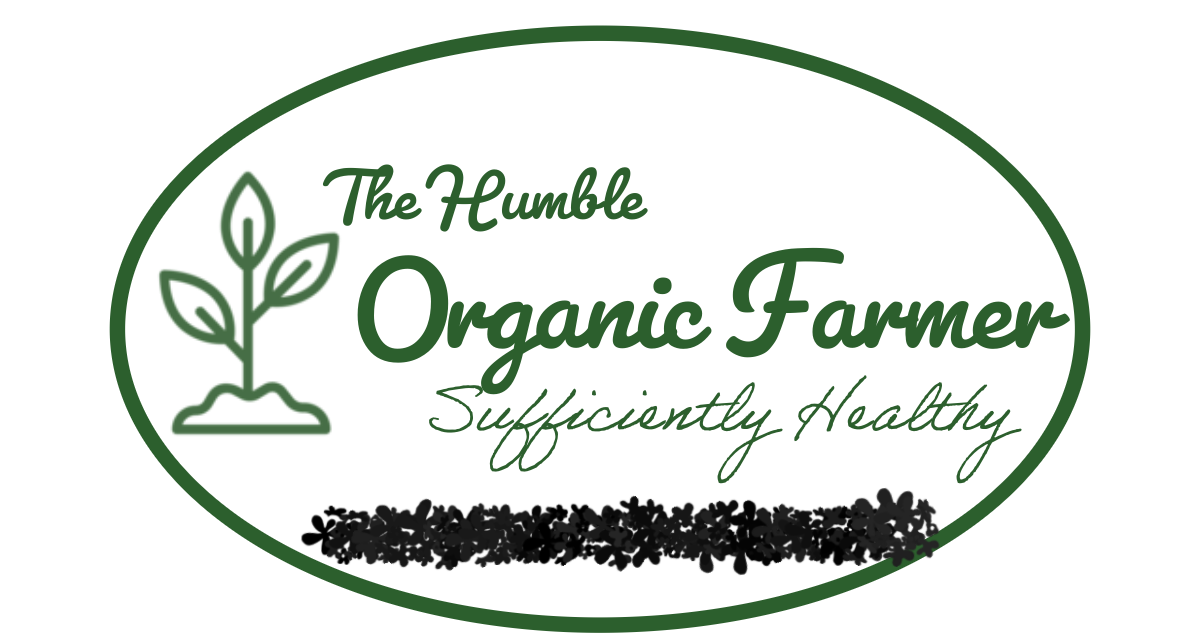If you’re looking for an eco-friendly, sustainable way to boost your garden’s soil health and thriving garden produce, look no further than comfrey. This often-overlooked herb is not only valuable for medicinal purposes, in fact, in some communities it is used as a regular vegetable dish. On a rare case it is used as an excellent natural fertilizer. Incorporating comfrey into your gardening routine can lead to healthier, more productive plants without the need for chemical fertilizers. Here’s how you can use comfrey to make organic fertilizer and take your garden to the next level.
Why Comfrey?
Also known as Symphytum officinale, Comfrey is a perennial herb known for its nutrient-rich leaves, which are packed with vitamins, minerals, and essential nutrients. The plant’s most notable feature is its high potassium content, making it ideal for promoting flowering and fruiting. However, it also contains significant amounts of nitrogen, phosphorus, calcium, magnesium, and trace elements like iron and zinc. These nutrients are essential for healthy plant growth, and when you use comfrey as fertilizer, you’re offering your plants a natural, balanced boost.
Comfrey is particularly beneficial for fruiting and flowering plants like tomatoes, peppers, strawberries, and roses. It helps these plants produce more blooms and better-quality fruits, making it a must-have for organic gardeners looking for a safe, sustainable alternative to synthetic fertilizers.
How to Make Comfrey Fertilizer
One of the easiest and most effective ways to make organic fertilizer from comfrey is by creating a “comfrey tea.” This liquid fertilizer is simple to prepare and packed with nutrients that your plants will love. Here’s how you can make it:
1. Harvest Comfrey Leaves
The first step is to gather mature comfrey leaves. Aim for larger, older leaves, as they contain the highest concentration of nutrients. Avoid using young, tender leaves as they don’t pack the same punch in terms of nutrients.
2. Chop the Leaves
Once you’ve harvested the leaves, chop them into smaller pieces. This will help them break down more quickly and release their nutrients more efficiently into the water.
3. Create the Fertilizer
Place the chopped leaves into a large container or bucket. Cover them with water, ensuring the leaves are fully submerged. The mixture will need to ferment, so cover the container loosely to allow airflow but keep out debris.
4. Let It Ferment
Now comes the waiting game! Let the mixture sit for about 2-4 weeks. Stir the mixture occasionally to speed up the fermentation process. Over time, the comfrey will break down, and the water will turn a dark brown or green color. This is when the nutrients are fully released into the water.
5. Strain and Use
Once the comfrey tea is ready, strain out the plant matter and dilute the resulting liquid with water before use (typically 1 part fertilizer to 10 parts water). The nutrient-rich solution is now ready to be used in your garden!
Applying Comfrey Fertilizer
You can use comfrey tea in a couple of different ways. For a soil drench, simply pour the diluted fertilizer around the base of your plants. This will allow the nutrients to seep into the soil and reach the roots. Comfrey tea also works as a foliar spray. Mist your plants with it in the early morning or late afternoon to avoid burning the leaves. The plants will absorb the nutrients directly through the leaves, giving them a quick nutrient boost.
Benefits Beyond Fertilizer
In addition to making comfrey tea, you can also use fresh comfrey leaves as mulch. Lay the chopped leaves around the base of your plants. As the leaves decompose, they’ll slowly release nutrients into the soil, enriching it over time.
Conclusion
Comfrey is an incredibly versatile plant that not only helps heal and nurture the body but also nurtures your garden. By using comfrey to make organic fertilizer, you’re providing your plants with the essential nutrients they need to thrive, all while staying true to sustainable and eco-friendly gardening practices.
